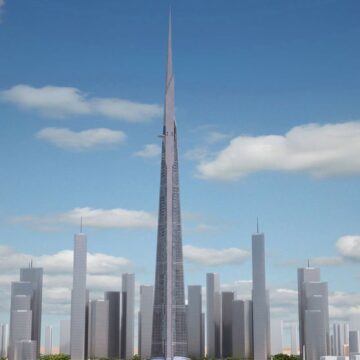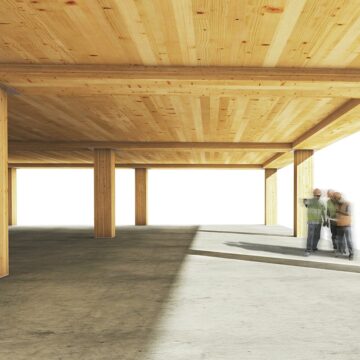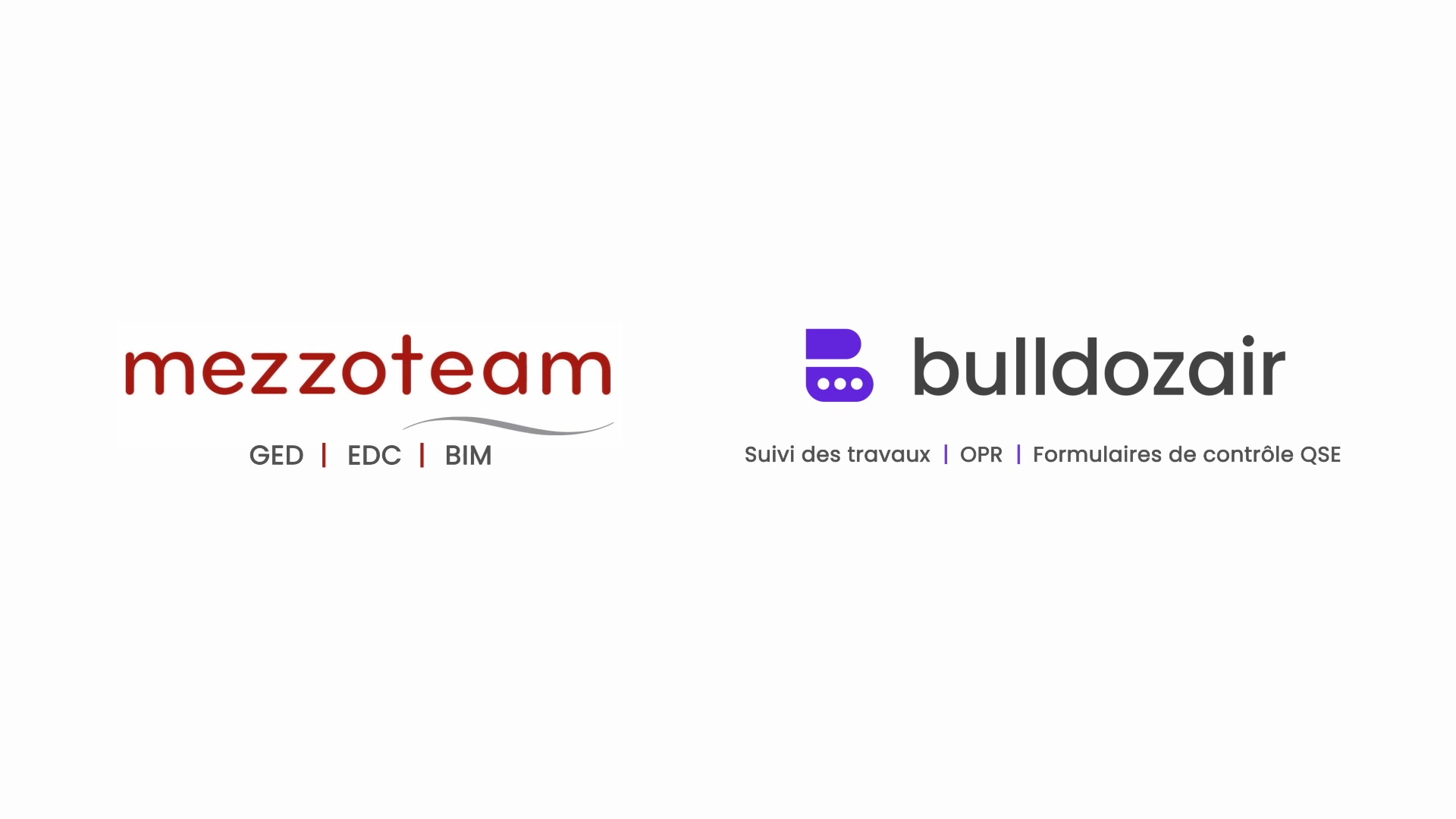For the past decades, architects and other construction professionals have focused on developing sustainable constructions. From biodegradable materials like timber to extraordinary energy efficiency like in the LEED-certified building “The Visionaire,” sustainability is one of the most important characteristics nowadays.
Some years ago, financial firm Deloitte was looking to consolidate its workforce to a single location. To do so, they decided to build a new revolutionary workspace that focused on sustainability while maintaining a fun and dynamic area for its employees. Then, along with the most important players in the infrastructure and technology industries such as OVG Real Estate, Philips, Fokkema & Partners, PLP Architecture, among many others, they created The Edge: the smartest and most sustainable office building in the world.
This building, located in the financial center of Amsterdam and with an area of 40 000 square meters, was awarded by BRE (the global assessor of sustainable buildings) the highest BREEAM grade ever given to any project in history: 98,36%. So, what makes The Edge the greenest and most intelligent workspace in the world?
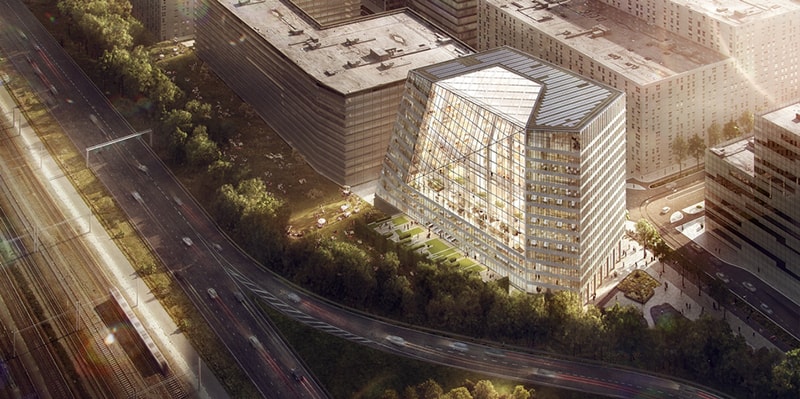
Energy efficiency
The Edge’s state-of-the-art technology allows the building to have a positive energy balance, in other words, the building can produce more energy than it consumes. This situation is possible thanks to its over 6 000 square meters of solar panels on its roof, south-facing walls, as well as some in colliding infrastructures.
Moreover, the building also uses a unique heating and cooling system based on two 129-meters-deep wells that connect to an aquifer that stores and distributes energy through a network of cables in the roof of each floor, thus consuming considerably less energy than regular heating and cooling systems.
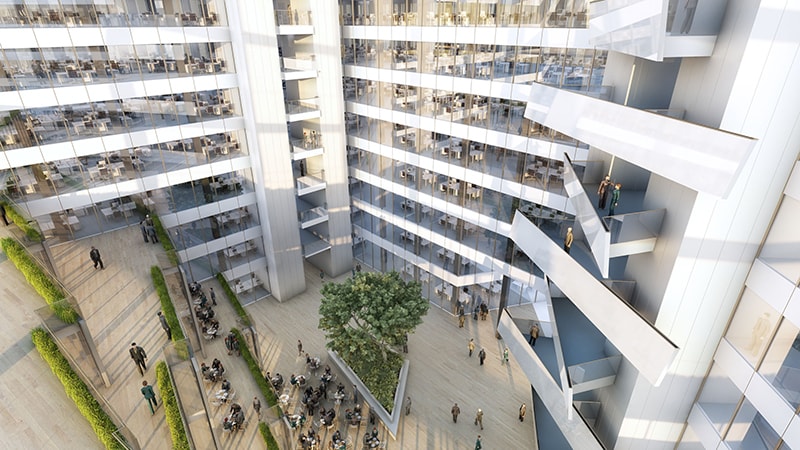
Moreover, the building also takes advantage of its design to provide natural ventilation through its 15-story atrium. This area allows the stale air of the building to rise and exit through the roof. However, the atrium also acts as a sound buffer, protecting the structure of noise from the adjacent highway and train tracks, as well as being a significant entry for natural daylight. Even rainwater from the area is reused to flush the toilettes and water the gardens of the facilities.
Finally, the building also uses an Ethernet-powered LED lighting system developed by Philips that uses 80% less energy than conventional illumination. Additionally, the 6 500 LED lights in the building are also connected to the internet through these Ethernet cables, allowing them to be controlled remotely and adapt its use in real time. The Edge uses 70% less energy than other comparable buildings.
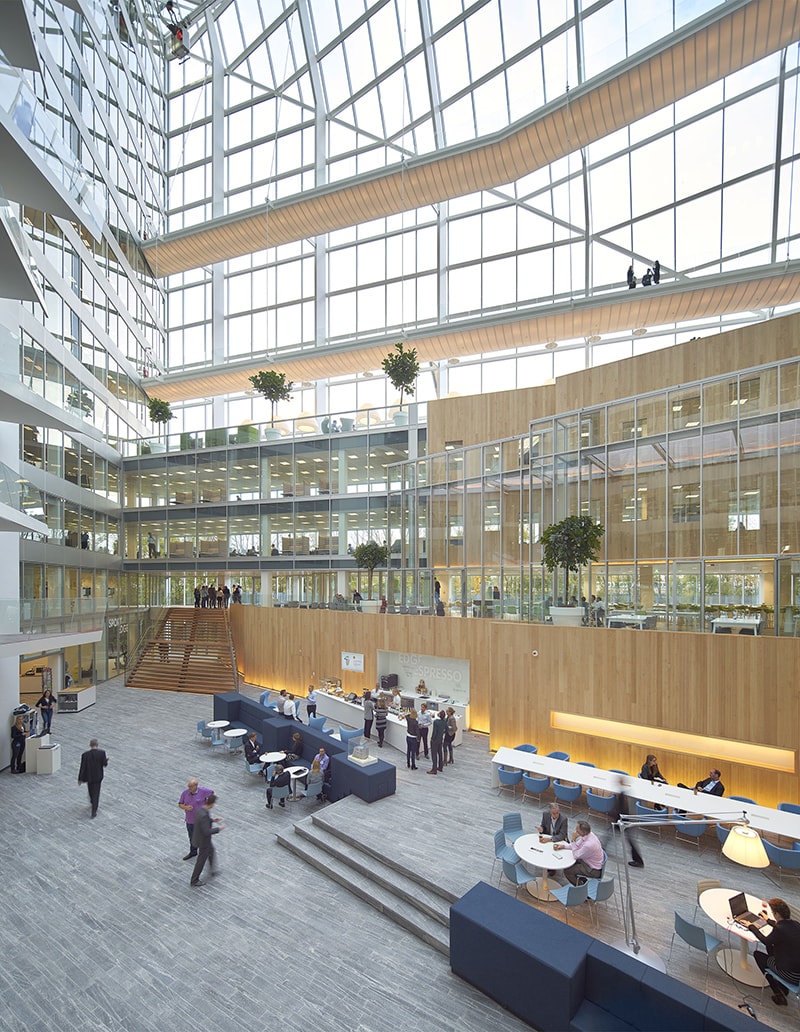
Technology and Data Management
The building has nearly 30 000 sensors embedded in all lighting panels. These sensors can measure movement, lighting levels, humidity, temperature and even carbon dioxide levels. However, all this information is useless without state-of-the-art property managing systems that can transform the big data into exploitable information such as patterns. The processed information allows building managers to adjust the building’s temperature and lights accordingly, as well as enabling more efficient allocation of cleaning and maintenance activities as the data recovered is able to determine the areas in need of these services.
However, the benefits also impact its residents as employees can use the building’s app which allows them to book working spaces, order customized coffee, control the lighting levels and adjust the climate of the area they are working in. The app even tracks the activity of each employee in the on-site gym, where fitness equipment also feeds the power grid of the building.

The property manager of The Edge is CBRE Asset Services, part of the CBRE Group – the largest real estate and investment firm in the world. The firm also implemented a daily waste management system that allowed the collection, weight, and registration of garbage per occupier in order to continue reducing the building’s footprint as much as possible.
In conclusion, this innovative building is showing the environmental and economic importance of green buildings, as well as offering tangible proof that sustainability does not mean less comfort.



